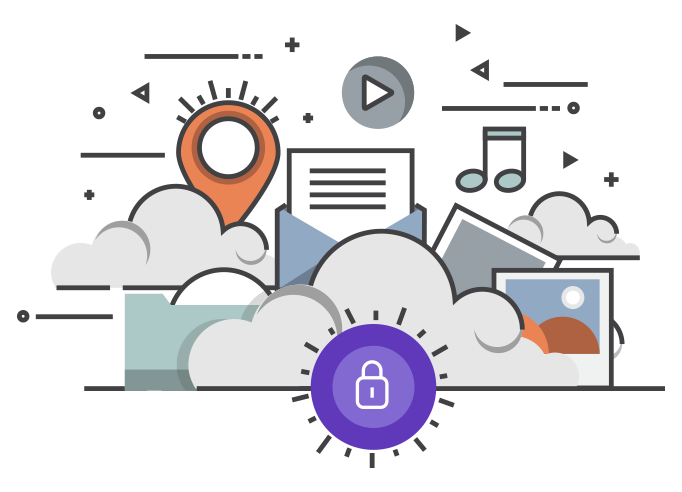💡 DIY Computer Fixes?
Grab my easy step-by-step guide and keep your computer running like new.
Why Online Computer Help Costs Less
When your computer starts acting up, the first thought most people have is, “I need to take this to a store like Geek Squad.” But here’s something most folks don’t realize:
Online computer help is often 50% — and sometimes more — cheaper than big-box tech services.

And no — cheaper doesn’t mean lower quality. In fact, in many cases, remote computer experts deliver faster, more personal, and higher-rated service than traditional in-store support.
Let’s break down why remote support costs so much less — and look at real-world case studies from people who saved money by getting help online instead of going to a retail chain.
Why Remote Tech Support Costs Less
✅ No Expensive Storefront
Big-box brands pay for:
-
Retail leases
-
Store staff
-
Utilities
-
Signage and maintenance
-
Corporate overhead
Remote support providers do not — which means you’re not paying for square footage and fluorescent light bulbs.
✅ No Commission-Based Upselling
Many big chains push:
-
Protection plans
-
Upgrades
-
Software subscriptions
-
New devices you don’t need
Remote professionals tend to operate lean, ethical businesses. They succeed by fixing your problem — not selling you things you never asked for.
✅ Direct Tech-to-Customer Service
At retail stores, your issue often goes through:
-
Front-desk intake staff
-
A queue
-
Technicians with varying experience levels
Online help is usually one-to-one, meaning faster, more accurate help without layers of staffing overhead.
✅ Fair Flat-Rate Pricing
Big-box stores often charge:
-
$99+ per issue
-
Add-on fees for additional services
-
Hourly billing
Many online experts charge a single flat fee — and often include guarantees like “no fix, no charge.”
Real Case Studies
📍 Case Study #1: Slow Windows PC
Big-Box Quote:
-
PC tune-up: $99.99
-
Malware scan: $39.99
-
optional support plan offered: +$19.99/month
Remote Support Cost:
✅ $69.99 flat rate
✅ Guaranteed performance improvement or no charge
Savings: ~$70 upfront, + hundreds in avoided subscriptions.
📍 Case Study #2: Printer Installation & Troubleshooting
Big-Box Quote:
-
In-store printer setup: $59.99
-
Home visit option offered: $149+
Remote Support Cost:
✅ $49.99 special
✅ Completed in one session, no appointment wait
Savings: $60–$100
📍 Case Study #3: Email Issues on a Mac
Big-Box Quote:
-
$99.99 diagnostic + repair
-
Recommended $199 yearly support plan
Remote Support Cost:
✅ $39.99 small-issue rate
✅ Fixed in under 30 minutes
Savings: Over $150 — and avoided long-term subscription.
But Does Online Computer Help Really Work?
Absolutely — when done by a professional.
Online help is ideal for:
-
Slow computers
-
Virus removal
-
Email + browser issues
-
Printer and Wi-Fi problems
-
Software troubleshooting
-
File transfer & setup
-
Everyday “my computer is being weird” issues
You don’t need to haul your computer anywhere, wait in line, or leave your device behind for days. You simply click a secure link, and a trusted technician helps you right on your screen.
The Bottom Line
Retail tech services are expensive because you’re paying for the store — not just the support.
Online help gives you:
-
Lower pricing
-
Faster service
-
Personal attention
-
No upsells
-
Clear, honest guarantees
-
Convenience from home
Most people who try online computer help once never go back to walking into a store again.
Ready to See How Affordable Online Computer Help Can Be?
I specialize in online PC and Mac support for everyday people — especially those who want honest help without confusing tech jargon or surprise fees.
✅ Flat-rate pricing
✅ Senior discounts
✅ No charge if I can’t fix it
✅ Over 1,400 five-star reviews
✅ Safe, secure, remote help across the U.S.
Small problem? Small bill.
Big problem? Transparent pricing — and no upselling.
📍 Learn more or get help today:


